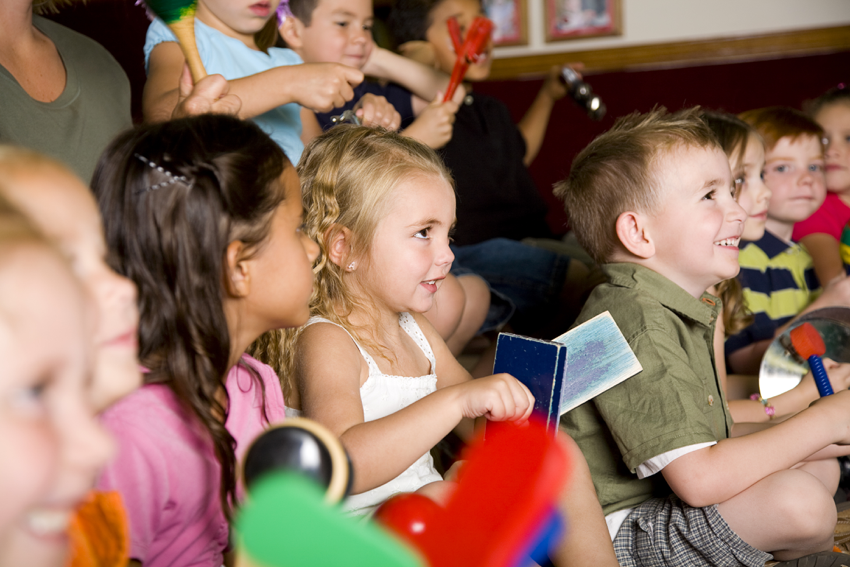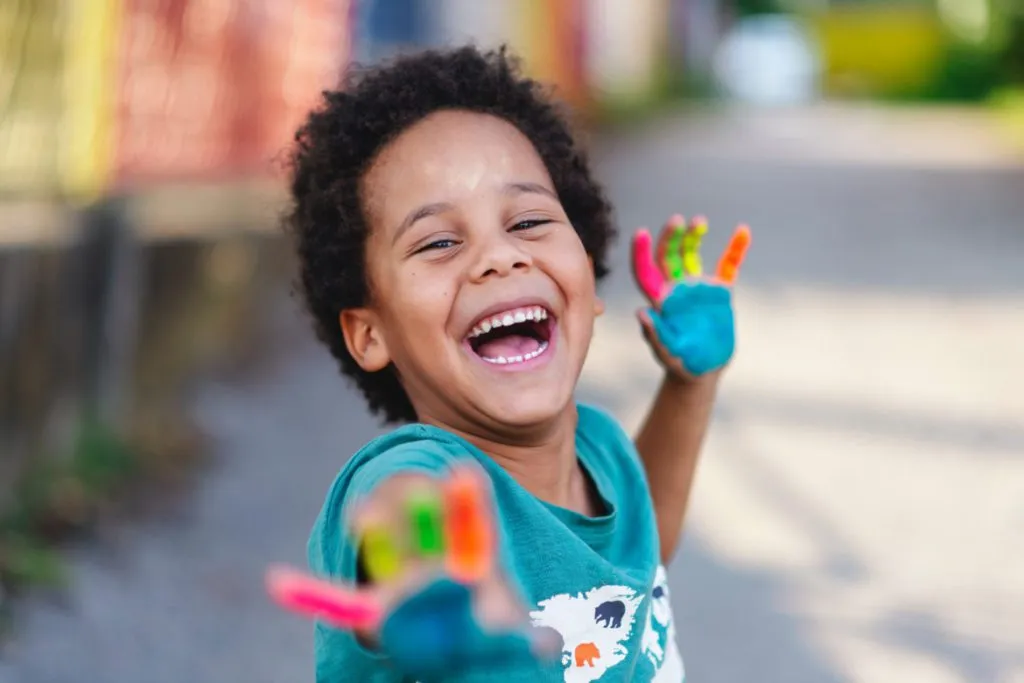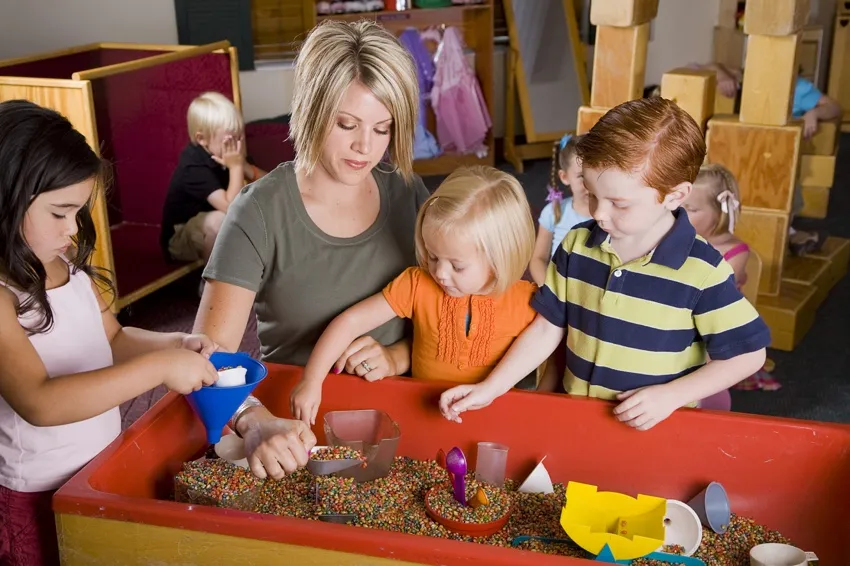The Whole-Child Approach: What Does the Research Say?


High-quality early childhood education matters because it positively impacts child outcomes.
Teaching and educational approaches that address, nurture, and engage with the whole child are essential to ensuring quality care and education for our youngest learners. As we consider what the research tells us and what the whole-child approach looks like in action, it is critical to also reflect upon what it truly means to address the whole child and what we can learn from the research that also lets us know that we neglect the whole child at our own peril.
Often when we first talk about the whole-child approach, the lead is that this approach not only fosters all areas of children’s development and learning—literacy, math, and science understanding as well as social–emotional and cognitive skills—but also that it lays the foundation for lifelong learning, ensuring that children are excited and engaged learners with positive approaches to learning.
When we look at the complete picture of children’s development and learning, including all of the domains of readiness, we see that they include language and literacy development, math and science understandings, physical well-being, social and emotional development, and approaches to learning.
We want our students and the children in our lives to be engaged and joyful learners who, as a result, grow up to become caring, creative, and resilient adults, not only because it is what their development calls for, but because the research shows us that active learners grow into well-adjusted adults.
What we cannot overlook or state strongly enough is the positive effect that the whole-child approach—this marrying of academic rigor and developmentally appropriate practice—has on child outcomes in early childhood and on children’s academic and social–emotional gains. Research continues to affirm that the whole-child approach increases not only school readiness, but also school success.
Children’s approaches to learning influence their school readiness and later school success.
- Children who receive teacher support to be more engaged in learning activities have higher average levels of achievement after three years.1
- Children’s flexible problem solving in kindergarten predicts achievement in kindergarten and first grade.1
- Self-regulation abilities predict later success in mathematics.1
- In secondary school, students reporting greater engagement in school are less likely to drop out.1
- “Students engaged in school-based social and emotional learning attained higher grades and scored 11 percentile points higher on academic achievement tests than peers who did not engage in such learning.”2
- “Social and emotional learning helps children develop awareness of their emotions and better manage them, set and achieve personal and academic goals, use social-awareness and interpersonal skills to maintain positive relationships, and demonstrate decision making and responsible behaviors for success in school and life. Research indicates that this improves students’ social and emotional development, readiness to learn, classroom behavior, and academic performance.”3
And just as the whole-child approach ensures stronger social, emotional, and cognitive skills—empowering children to live “full lives” as is our hope for all the children in our lives—so, conversely, do we too often see that children who do not have this support—those whose skills in this area are not strong—can experience negative outcomes in school and in life, including criminal activity and substance abuse.4 To ignore any part of the child does him or her a grave disservice.
And to best understand the research—the why and the how—just consider what the whole-child approach looks like in action. What does it mean to truly address the whole child? Think about how supporting the whole child happens in a classroom. What does it look like? What is going in the classroom, with students, with teachers, with the class as a whole? What are the best practices? What teaching strategies affirm and support the whole child in all areas of development and learning?
Chances are you are imagining children engaged in an active learning experience that is child-centered and student-led, with scaffolded support from a caring teacher. Engaging, playful exploration supports all of the domains of learning. This guided play is a key part of nurturing positive, engaged, and resilient approaches to learning, the approaches that influence school readiness and school success later on.
For as E. Graue remarks in her article “Reimagining Kindergarten,” “seeing a focus on academic content tells us what children are being taught, but it does not dictate how children should be taught.”5 Guided play and joyful learning are research-supported strategies that strengthen the whole child and his or her development across all domains of learning, from language to executive function and scientific understanding to social–emotional competence.
When we are truly addressing the whole child, we as educators are not only helping lay the foundation for children’s lifelong learning, but we are also honoring social competence, which is what our founder Diane Trister Dodge described as “the underlying goal of early childhood education.”6 And when we consider the full picture that the research depicts, there is a heightened sense of urgency around and motivation for making the whole-child approach paramount in our teaching practices to ensure that children are set up to succeed and thrive in school and in life, being always mindful of what children need and deserve.

An Early Childhood Educator’s Guide to a Whole-Child Approach
This eBook covers everything you need to know about the whole-child approach for children aged three to six years old.
References
- Hyson, M. (n.d.). Approaches to learning: Kindergarten to grade 3 guide. New Jersey: New Jersey Department of Education.
- Collaborative for Academic, Social, and Emotional Learning (CASEL). (2008). The positive impact of social and emotional learning for kindergarten to eighth-grade students: Findings from three scientific reviews. Chicago, IL: CASEL.
- ASCD. (2012). Making the case for educating the whole child. Alexandria, VA: ASCD.
- García, E., & Weiss, E. (2016). Making the whole-child education the norm. (Policy Brief). Economic Policy Institute.
- Graue, E. (2009). Reimagining kindergarten. The School Administrator, 66(10), 10–15.
- Dodge, D. T. (1995). The importance of curriculum in achieving quality child … care programs. Child Welfare, 74(6), 11–71.


